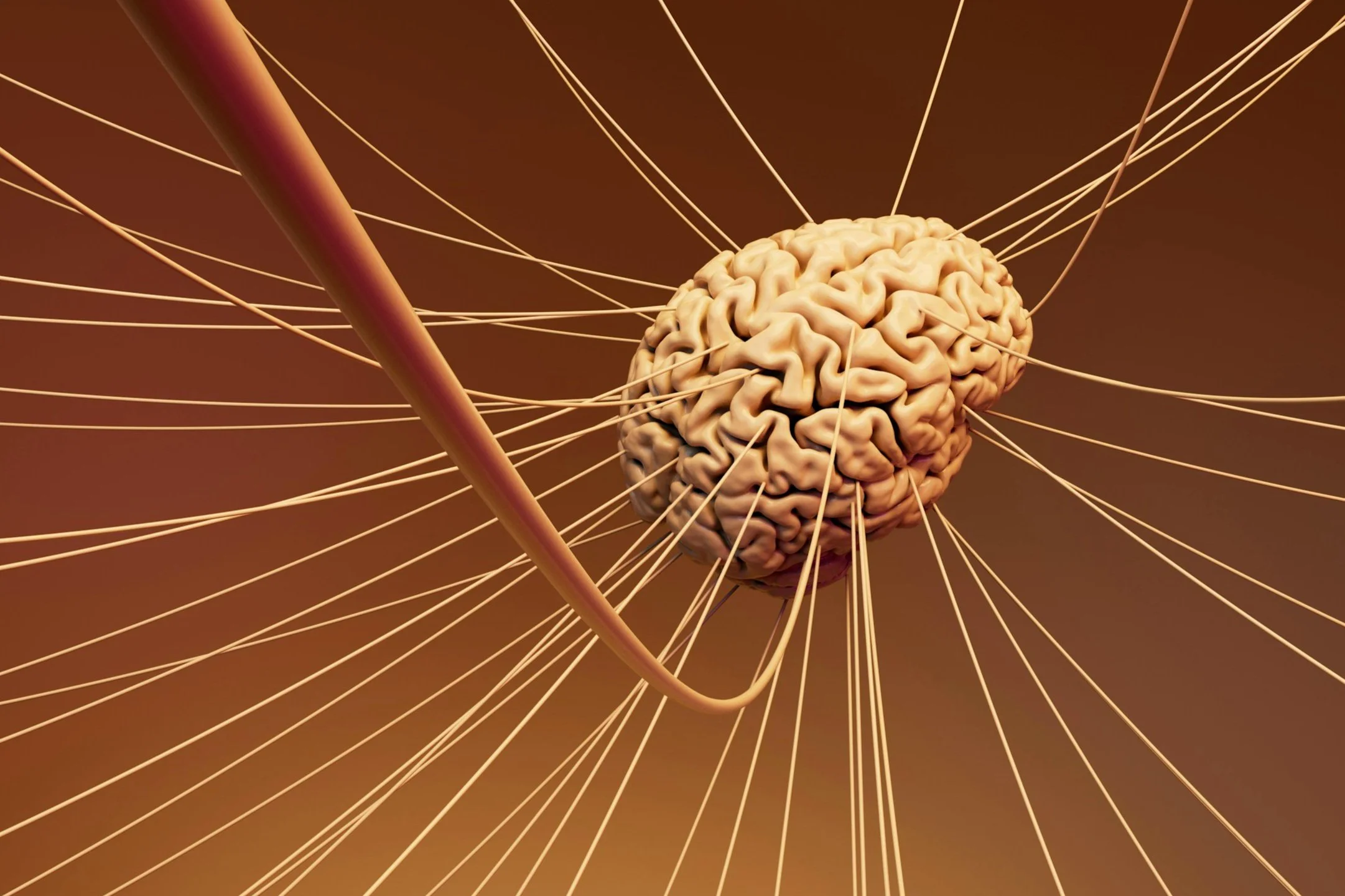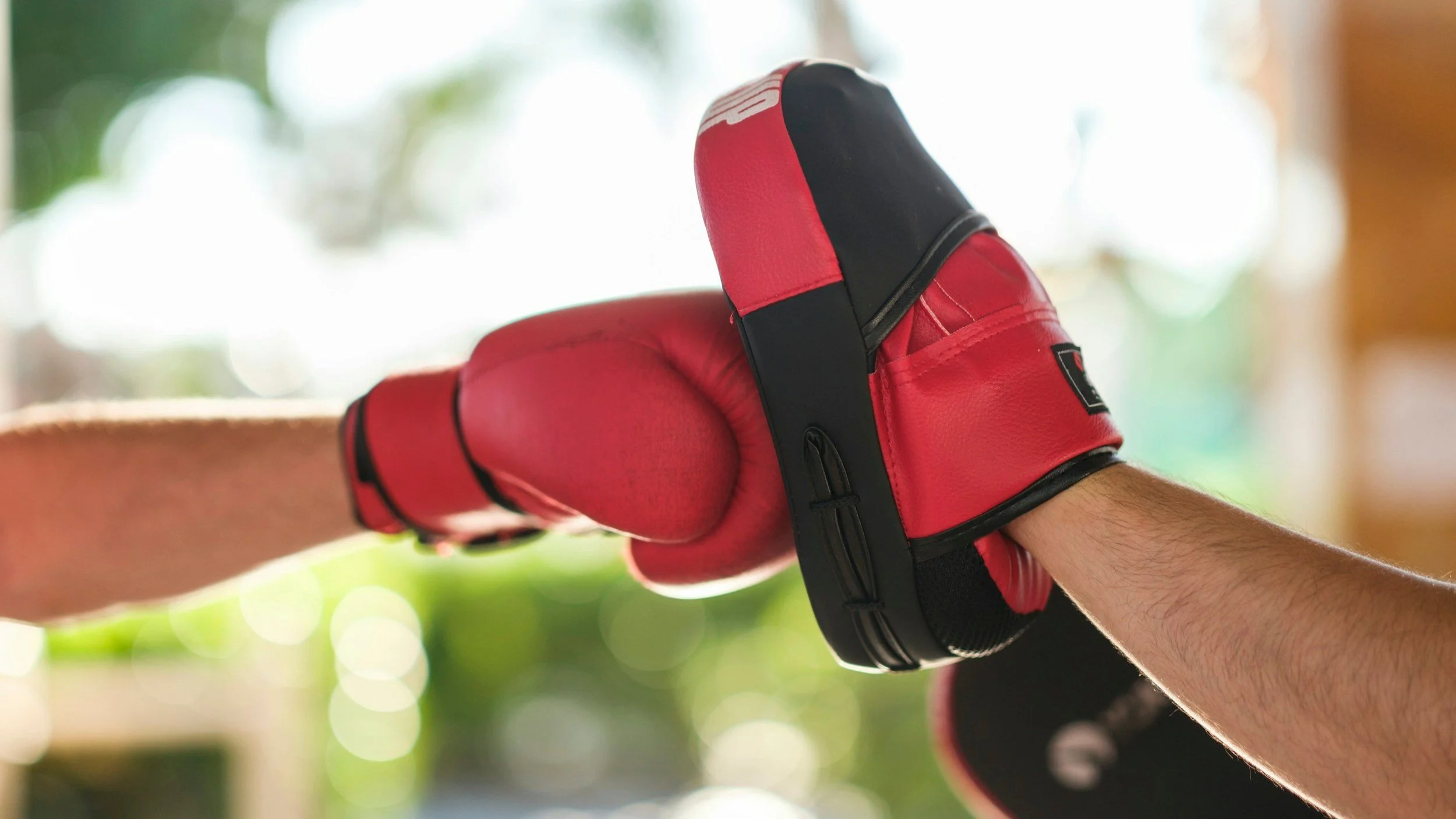Evidence-Based Exercise for Parkinson’s
What does the evidence say regarding exercising with Parkinson’s Disease?
As it turns out, a whole lot [1]! While more and more research is being done every single day, let’s run through some of the well-studied modes of exercise that have been shown to improve strength, walking function, and even potentially delay disease progression.
Exercise may affect neuroplasticity.
In many neurological conditions, exercise has been shown to help neuroplasticity occur, including Parkinson’s [2]. Neuroplasticity refers to changes that occur in the brain as we interact with the world, physically and mentally. During high intensity exercise, neuroplastic effects can include increased excitation in movement areas of the brain, changes to the volume of grey matter in the brain, release of a neuroplastic factor: the brain-derived neurotrophic factor, and even improved dopamine transmission [2]. Neuroplasticity can enhance the body’s efficiency at performing tasks, maintaining balance, learning new skills, and more, and is critical to promote for those with a neurological condition like Parkinson’s.
Tai Chi
One of the principal motor impairments in Parkinson’s is bradykinesia. Usually, the basal ganglia participates in excitation or inhibition of movement in order to fit the task at hand; in essence, the basal ganglia helps fine-tune movement commands sent out by our frontal lobe (specifically, from the pre-central gyrus which houses our motor cortex). In Parkinson’s, there is a deficit of dopamine which helps the basal ganglia do its job — specifically, inhibition of movement becomes uninhibited, making movements slower, with less range of motion.
Tai Chi is a mode of exercise emphasizing control of whole-body, sustained movements, incorporating strength and balance, rotation, performing high amplitude intentional movement that helps overcome the bradykinesia and maintain mobility.
Tai Chi is incredibly well studied; in a recent 3.5-year study, people with Parkinson’s performing Tai Chi delayed disease progression (as measured by the UPDRS) as well as need for medication [3]! In this study, the participants performed two, 60-minute Tai Chi sessions weekly [3]. Further, many Tai Chi classes are performed in groups, a great place to meet new people!
Rock Steady Boxing
High intensity training has been shown to facilitate neuroplasticity, the positive changes in the brain that help maintain and grow strength, balance, mobility, and more. It doesn’t get more high intensity than boxing! Rock Steady Boxing is a non-contact program incorporating high intensity training via powerful, intentional movements that, like with Tai Chi, help “override” (or “punch through, as I like to say) bradykinesia resulting from a dopamine deficit in the basal ganglia.
In a large-scale survey of Rock Steady participants, measures of quality of life were all improved, including improvements in their social life [4]. While it’s important to measure the physical affects of exercise, it’s also important to assess how a mode of exercise impacts quality of life: a catch-all term describing overall life satisfaction and ability to thrive.
Treadmill Training/Walking Programs
The key behind exercise that is effective for Parkinson’s include big, whole-body movements, intentional movements, at a high intensity. High intensity refers to how hard the heart and lungs have to work in order to perform the exercise, and is entirely dependent on the individual’s conditioning. A marathon runner might find a brisk walk around the block to be low intensity, but for someone who has never exercised, a brisk walk may be high intensity!
Many studies assessing how effective exercise is for Parkinson’s include assessing treadmill training programs [2]. In a recent meta-analysis comprising 582 total participants with Parkinson’s disease, treadmill training can improve gait-related outcomes like walking speed and endurance [5]. The treadmill may be a safer mode of exercise as it allows an individual to support themselves via their arms, but the treadmill may also pose a challenge for individuals who have difficulty walking at a fixed pace.
LSVT BIG and PWR! Moves
Structured exercise programs have been designed specifically for people with Parkinson’s, including LSVT Big & Loud, and PWR! Moves and have demonstrated efficacy in improving gait, balance, ability to reach, and overall quality of life, especially for the full, 4-day-per-week LSVT protocol [6]. These programs also hone in on whole body, intentional movements at a high intensity. Clinicians such as physical therapists can become LSVT or PWR! Moves certified to implement official structured exercise for people with Parkinson’s; however, some participants may find the frequency of performance difficult from both a time and cost perspective, but many free, online resources including those through the Michigan Parkinson’s Foundation offer PWR! Moves videos to follow along from the comfort of home!
Dual Task Training
Many people endorse the cognitive impacts of Parkinson’s Disease; these difficulties often present as difficulty dual tasking: performing two tasks at once. While dual-tasking requires coordination, it also requires cognition. Researchers have tested different types of motor-cognitive training, such as walking while performing tasks in virtual reality, complex balance tasks, or incorporating dual tasks into various forms of aerobic exercise. The study found that participants demonstrated improvements in gait speed and cadence with dual-task training [7].
But what if I don’t like those options?
Fear not! In a recent Cochrane review (read: some of the best evidence available), the authors conclude that all forms of exercise assessed produce similar changes in walking ability, strength, and quality of life—meaning, the mode of exercise matters less [8]—what’s important is that you exercise in a way that you can stick to!
Part of the role of a physical therapist is to help determine what type of exercise will not only help with what matters to the patient, but what type of exercise the patient enjoys! The best exercise program is one you’ll do!
References
Tomlinson CL, Patel S, Meek C, Herd CP, Clarke CE, Stowe R, Shah L, Sackley CM, Deane KH, Wheatley K, Ives N. Physiotherapy versus placebo or no intervention in Parkinson’s disease. Cochrane Database Syst Rev. 2013 Sep 10
Mark A. Hirsch, Sanjay S. Iyer, Mohammed Sanjak, Exercise-induced neuroplasticity in human Parkinson's disease: What is the evidence telling us?, Parkinsonism & Related Disorders, Volume 22, Supplement 1, 2016
Li G, Huang P, Cui S, et al. Effect of long-term Tai Chi training on Parkinson’s disease: a 3.5-year follow-up cohort study. Journal of Neurology, Neurosurgery & Psychiatry 2024;95:222-228.
Larson, Danielle, Chen Yeh, Miriam Rafferty, and Danny Bega. 2021. “High Satisfaction and Improved Quality of Life with Rock Steady Boxing in Parkinson’s Disease: Results of a Large-Scale Survey.” Disability and Rehabilitation 44 (20): 6034–41. doi:10.1080/09638288.2021.1963854.
Yin X, Peng P, Zhang H, Hu J, Wei Y, Li P. Treadmill training for gait rehabilitation in elderly patients with mild-to-moderate Parkinson's disease: a systematic review and meta-analysis. Front Neurol. 2025;16:1609912. Published 2025 Jun 18. doi:10.3389/fneur.2025.1609912
Eldemir S, Eldemir K, Saygili F, et al. The effects of standard and modified LSVT BIG therapy protocols on balance and gait in Parkinson's disease: A randomized controlled trial. Brain Behav. 2024;14(3):e3458. doi:10.1002/brb3.3458
Johansson H, Folkerts AK, Hammarström I, Kalbe E, Leavy B. Effects of motor-cognitive training on dual-task performance in people with Parkinson's disease: a systematic review and meta-analysis. J Neurol. 2023;270(6):2890-2907. doi:10.1007/s00415-023-11610-8
Ernst M, Folkerts AK, Gollan R, et al. Physical exercise for people with Parkinson's disease: a systematic review and network meta-analysis. Cochrane Database Syst Rev. 2024;4(4):CD013856. Published 2024 Apr 8. doi:10.1002/14651858.CD013856.pub3





